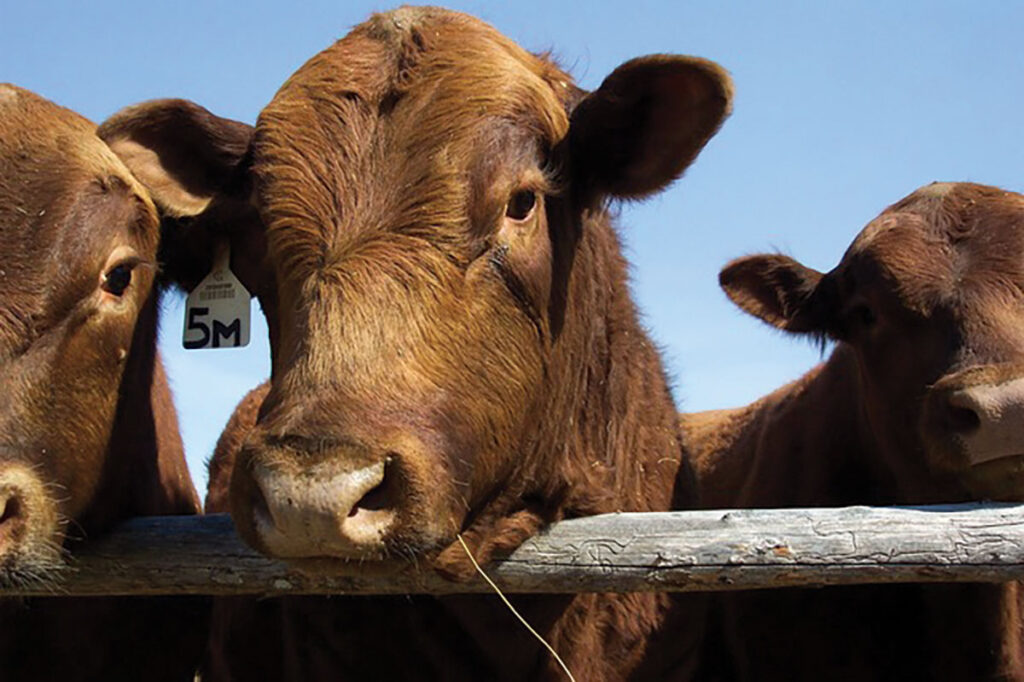
Producers should look at their goals, and what did and didn’t go well with the previous herd sire
If producers plan on leasing or purchasing a new bull for their breeding program, they will want to identify herd goals and utilize all available data on the sire before making a commitment.
When shopping for a new bull, the first step should be looking back over herd records and identifying what was satisfactory or what was not. Did cows calve easily? Did calves hit appropriate weaning weights? How were the calves’ temperaments? If producers fed out some of their own calves or retained ownership, what were the grades and marbling quality like?
The answers to these questions will help producers set clearer herd goals and fill in the blanks as to what they need from a new bull.
Once herd goals have been identified, the next step in bull selection should be looking at their available individual data and seeing how it might match up with the operation goals. EPDs are an invaluable tool for buyers, as are genomic test results.
“The onset of the DNA age, coupled with EPDs has made decisions much easier, as have indexed rankings that put several weighted traits into one EPD,” Andy McCorkill, livestock field specialist with the University of Missouri Extension, explained. “Basically, the idea is to evaluate your marketing and management systems and find a genetic package that matches those needs and builds a herd to meet your plans.”
Pedigrees are also helpful tools for bull selection, even if a producer does not run a purebred outfit. According to experts at the Noble Research Institute in Oklahoma, many commercial bull buyers tend to ignore the pedigree of an animal because it is going on commercial cows, but knowledge of pedigree allows more predictable, consistent offspring.
If you, as a commercial breeder, are unfamiliar with a particular breed’s pedigree, contact a reputable breeder, breed representative, or breed association for additional information. Familiarization with breed pedigrees can certainly pay dividends in commercial cow-calf production.
Once a bull meeting a producer’s needs has been identified, it’s important to receive a guarantee of his health before purchasing.
“First and foremost, you have to remember what that bull’s job is; you bought him to breed cows,” McCorkill said. “The starting place would be to get a veterinarian’s certificate stating he has passed a Breeding Soundness Exam (BSE). The BSE will evaluate the bulls breeding ability, liking at semen quality factors as well as the bull’s physical structures.”
Another “proof of purchase” the buyer should obtain from the seller is a negative trichomoniasis test result.
Dr. Craig Payne, MU Extension Veterinarian, noted testing is required in Missouri for all breeding bulls sold, bartered, leased or traded within 60 days prior to change of ownership or possession.
The exceptions to this requirement are virgin bulls less than 24 months old, but some producers opt to test these bulls anyway for peace of mind.



